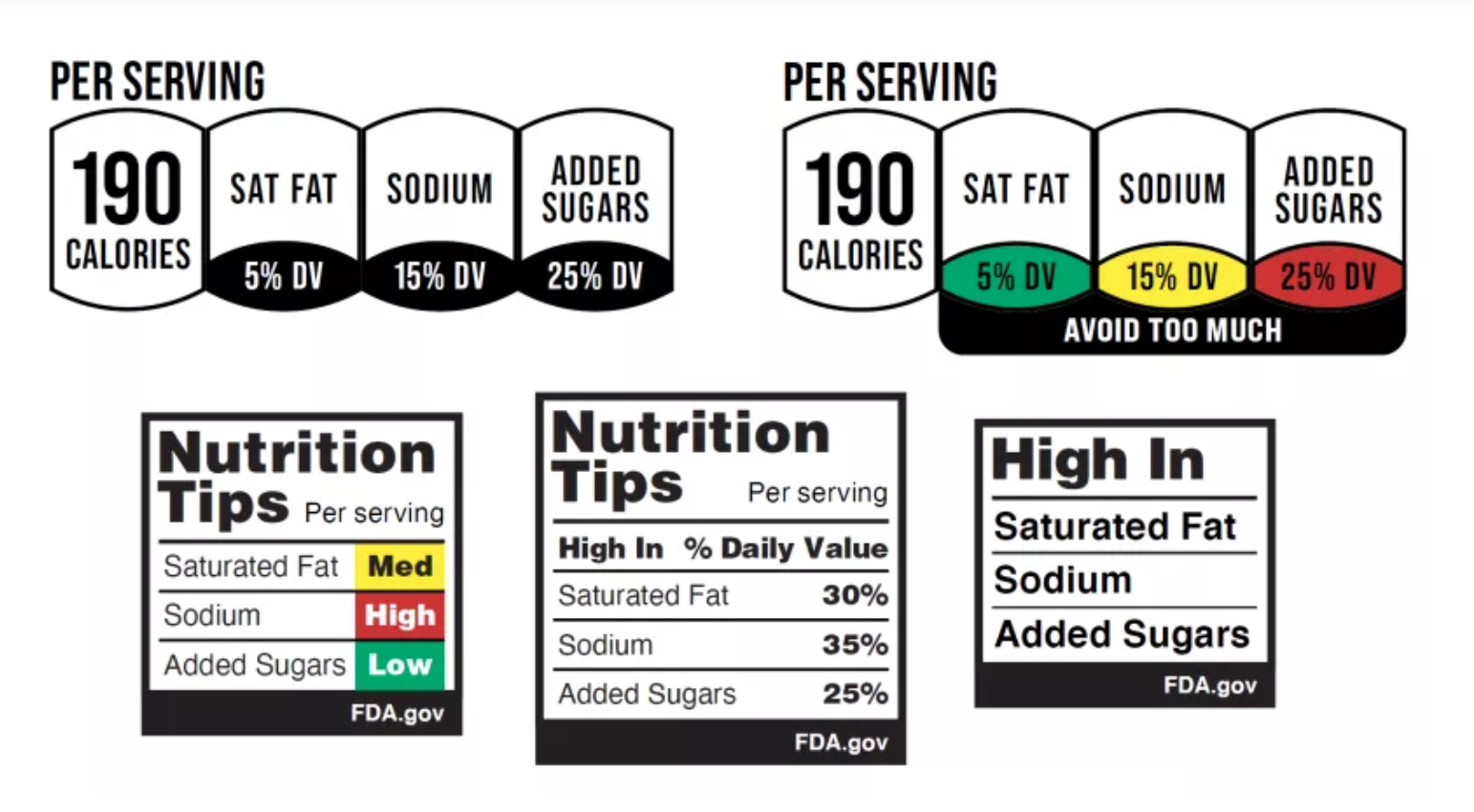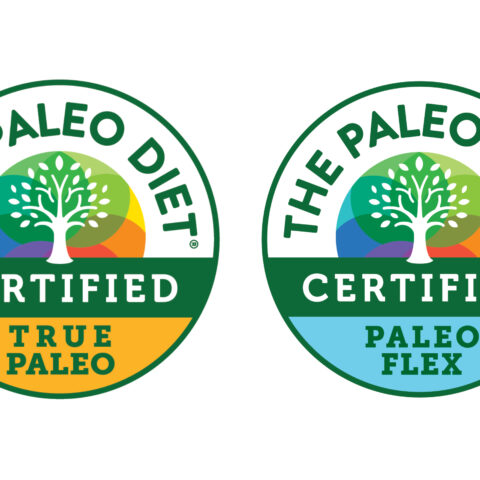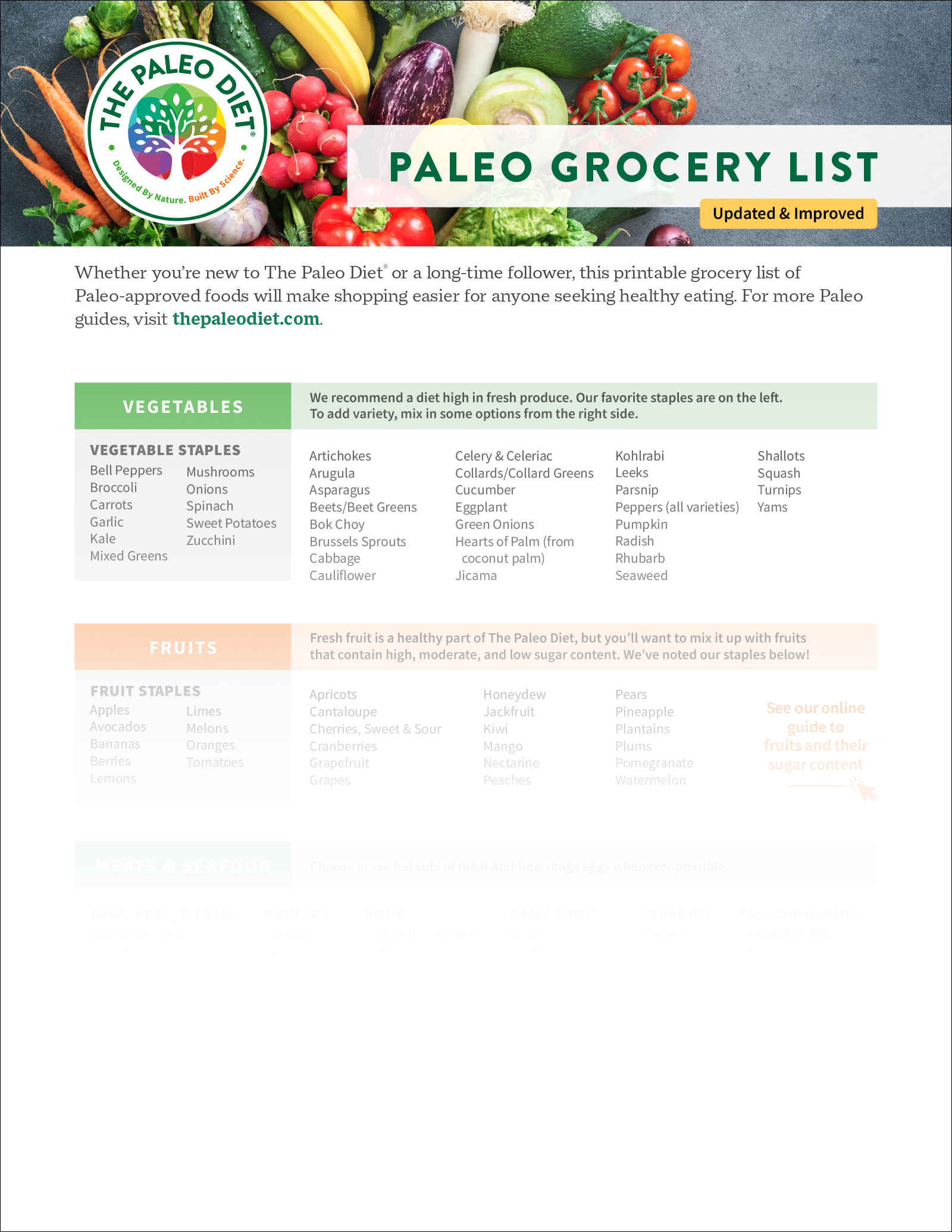Americans are Fed up with the Portion Distortion Era

Do you have trouble deciding what a recommended portion of food looks like? A report, The Power of Portions, released in 2024 by Georgetown University’s Portion Balance Coalition (PBC), says consumers are more confused than ever. [1] According to the PBC, consumers say they “need guidance on portion sizes when eating at home and felt less control over their portions when eating out.”
History of Hunger in America and Food Portion Labeling
Looking back at food consumption guidance in America, it’s a rocky story. Overall, portion guidance is a relatively new phenomenon.
- 1968: A disturbing CBS documentary, Hunger in America, reported that 30 million Americans were impoverished. [2] Of these, 10 million were not just hungry but seriously malnourished. Diets were heavy in starchy foods, sugar, and fats and light on protein, with virtually no fruits or vegetables. Families lived on surplus USDA food commodities of peanut butter, powdered milk, and rice. Most could not afford food stamps, and free school lunches did not exist. Despite available state and federal funds, officials resisted providing these communities with resources. The documentary shocked viewers—infants dying of malnutrition, stoic and lethargic children, and parents who ate virtually nothing to save what little they had for their children.
- 1968: In response to the CBS report, Senator George McGovern of South Dakota formed the Senate Select Committee on Nutrition and Human Needs, which expanded food assistance programs and introduced the Special Supplemental Nutrition Program for Women, Infants, and Children (WIC). [3]
- 1980: The first Dietary Guidelines for Americans was released that recommended daily servings in cups or ounces of fruits and vegetables, carbohydrates, proteins, fats, and sugars. Since then, the USDA has made new guidelines every five years. [4]
- 1990: In response to the hundreds of petitions filed by The Center for Science and the Public Interest (CSPI) regarding false or misleading claims on food, the Nutrition Labeling and Education Act of 1990 (NLEA) passed. [5] The NLEA required a truthful Nutrition Facts Panel on all food packaging with ingredient lists, portion sizes, and nutrient requirements based on a 2,000 calorie-per-day diet.
Changing Serving Size from Suggested Consumption to Actual Consumption
In 2020 and 2021, the newest Nutrition Facts Panel included nutrient recommendations, added sugars, calories in larger font, and changes to serving sizes. [6] Serving sizes are now based on the amounts of foods and beverages that people are actually eating, not what they should be eating. For example:
- In 1993, a serving of ice cream was ½ cup, but now, ⅔ cup.
- A soft drink serving changed from 8 ounces to 12 ounces.
- For packages containing one or two servings, such as a 20-ounce soda or a 15-ounce can of soup, the calories, and other nutrients are labeled as one serving because people typically consume them in one sitting.
- For products larger than a single serving but could be consumed in one sitting or multiple sittings, dual column labels indicate the amount of calories and nutrients for both per serving and per package/per unit.

This shift to actual consumption means an 8-ounce soft drink is one serving, but so is a 20-ounce drink. One pint of ice cream is now three servings instead of four.
In August 2023, the CSPI recommended front-of-the-pack nutrition labeling to alert consumers about foods high in sodium, added sugars, or saturated fat and list the number of calories more prominently. [7] The FDA is considering the following front-facing labels:

Taking Control of Your Portions
A 2025 study showed consumers have difficulty perceiving a normal portion size for discretionary foods with empty calories and little nutrient value. [8] Is it any wonder that overeating is so easy?
What can you do? While the FDA continues to find ways to homogenize nutrition, eating, and portion advice for all, we suggest the following more personalized advice:
- Buy only what you need. Smaller portions save money and reduce food waste.
- Eat with gratitude. Respect the source of your food, the person who grew or raised it, the retailer who sells it, the person who prepares it, and the body that uses the nutrients.
- Take time to smell your food. Taste, smell, and hunger are closely connected. Rushing through a meal takes away this experience.
- Eat when you are just hungry enough and not too hungry, which can lead to eating too quickly and overeating.
- Dish up “smallish” portions on a small or moderate-sized plate or bowl. Do not eat from the pan.
- If you’re eating out, immediately ask for a takeaway container and pack up the extras so you won’t be tempted to eat everything.
- Sit down to eat, even if you are alone.
- Slow down. Chew (try 30 times for proteins), swallow, and put down your utensil between bites.
- Don’t clean your plate. Wait for 10 minutes if you think you are full and reassess.
References
- The Power of Portions. The Portion Balance Coalition, Georgetown University, McDonough School of Business. https://msb.georgetown.edu/wp-content/uploads/2024/03/POWER-OF-PORTIONSdigital-1.pdf
- CBS News, Hunger in America, 1968. https://www.cbsnews.com/video/hunger-in-america-the-1968-cbs-documentary-that-shocked-america/
- Oppenheimer GM, Benrubi ID. McGovern’s Senate Select Committee on Nutrition and Human Needs versus the meat industry on the diet-heart question (1976-1977). Am J Public Health. 2014;104(1):59-69. doi:10.2105/AJPH.2013.301464
- Evolution of the Dietary Guidelines for American Process to Products: 1980 to Present, USDA. https://www.dietaryguidelines.gov/media/799
- H.R.3562 – Nutrition Labeling and Education Act of 1990, 101st Congress (1989-1990). https://www.congress.gov/bill/101st-congress/house-bill/3562
- Changes to the Nutrition Facts Label, FDA. https://www.fda.gov/food/nutrition-food-labeling-and-critical-foods/changes-nutrition-facts-label
- Grenthal, Eva, MS, MPH. Make Your Voice Heard About the Future of Food Labeling, Center for Science and the Public Interest, Feb. 10, 2023. https://www.cspinet.org/blog/make-your-voice-heard-about-future-food-labeling
- Liu Q, Allman-Farinelli M, Rangan A. Differences between the normal and perceived appropriate portion sizes of discretionary foods. Eur J Clin Nutr. Published online January 21, 2025. doi:10.1038/s41430-025-01569-2
Kimberly Lord Stewart
Kimberly Lord Stewart is an author, journalist, and culinary expert. Her work highlights the importance of incorporating whole foods into daily diets and emphasizes the connection between food and overall well-being.
More About The Author




